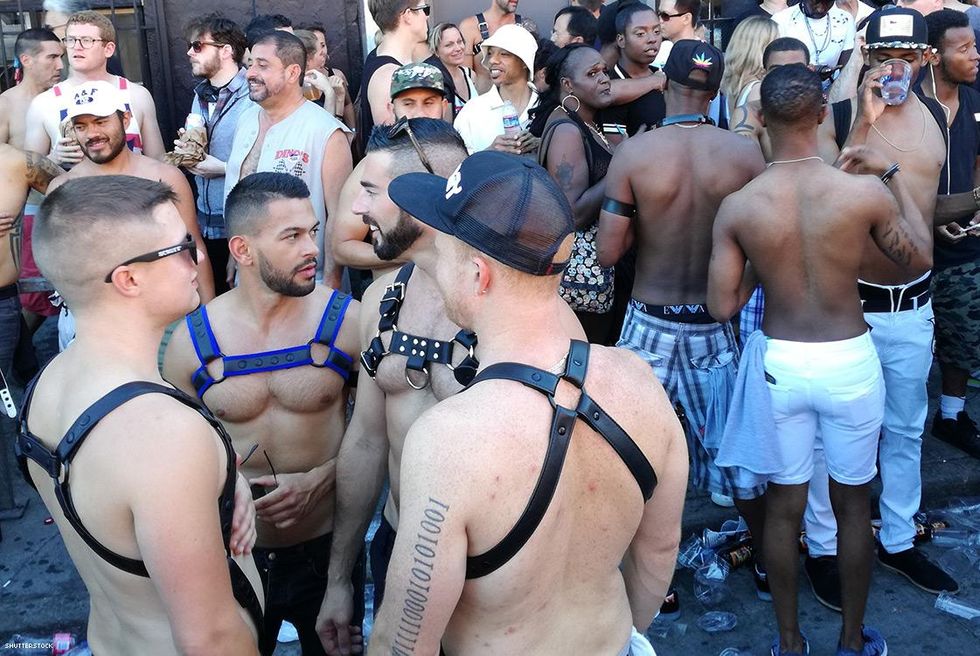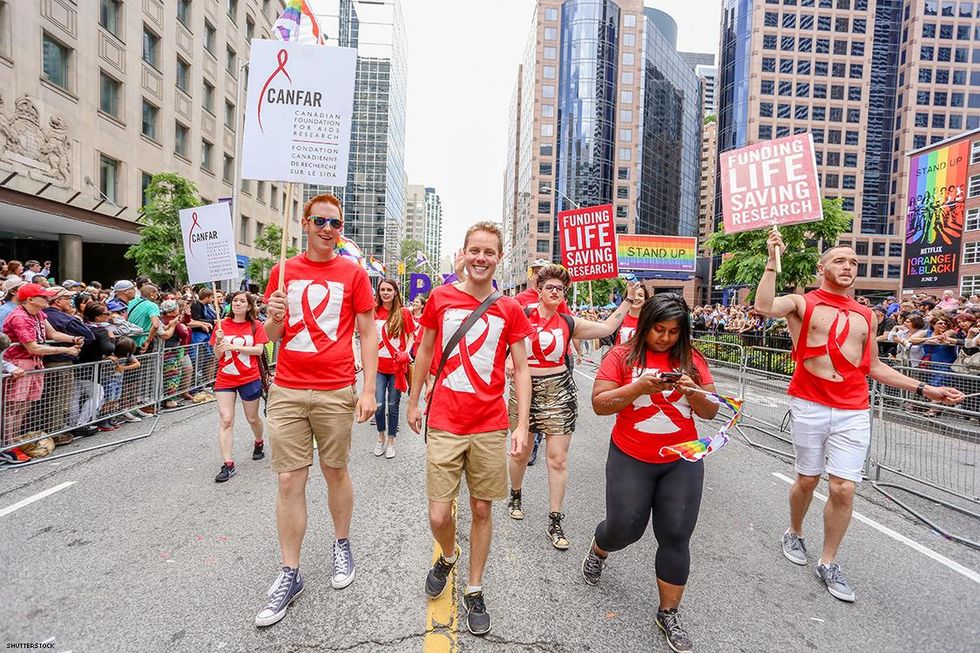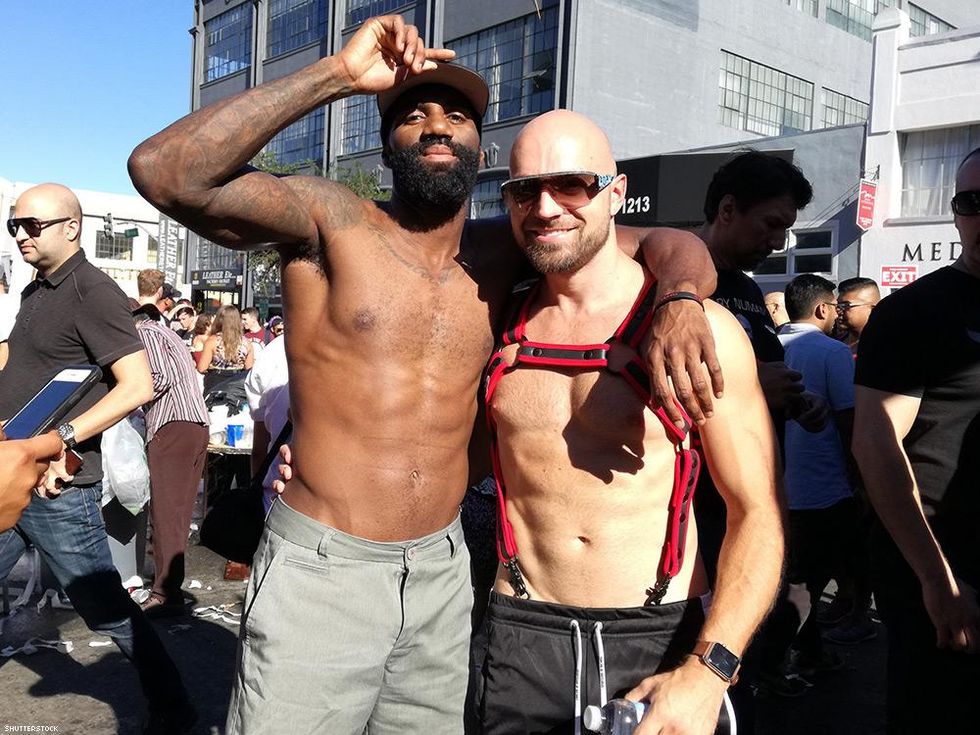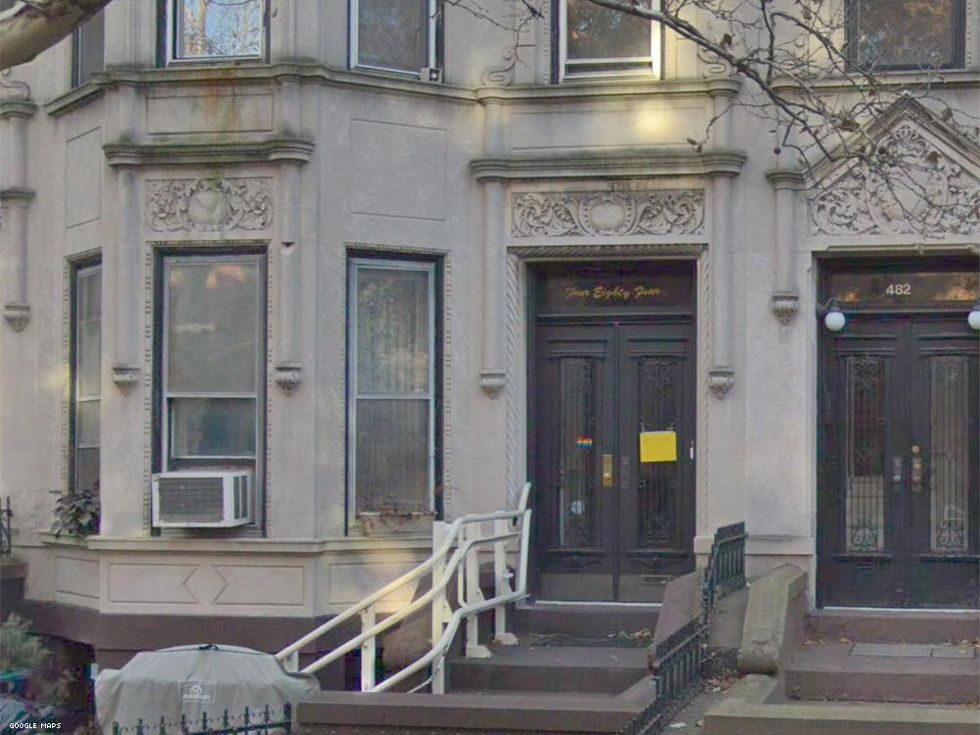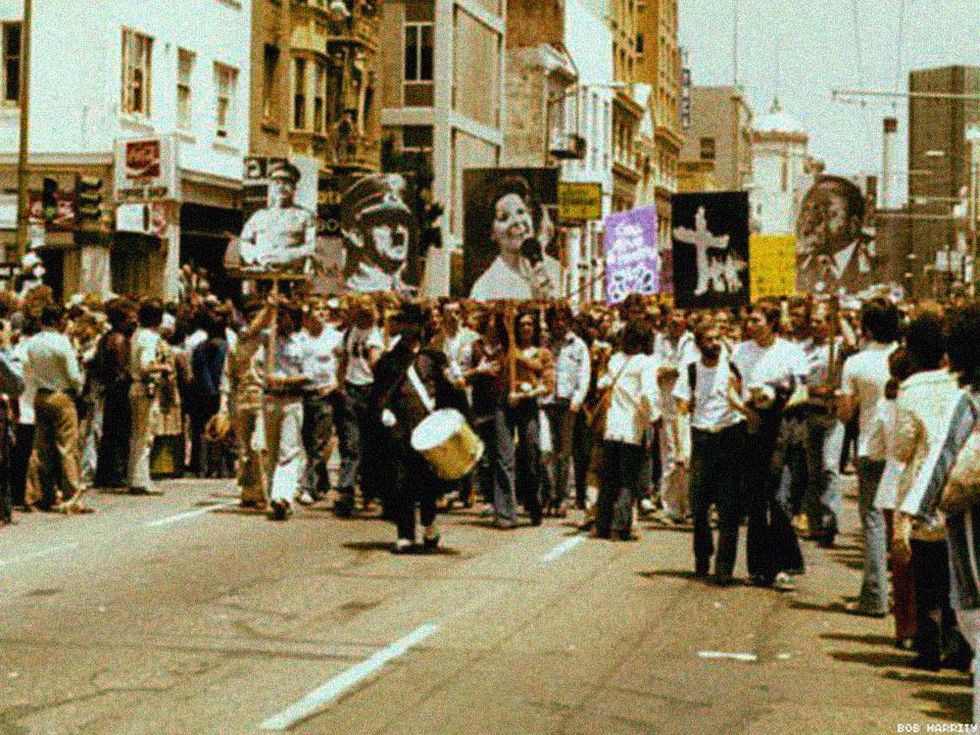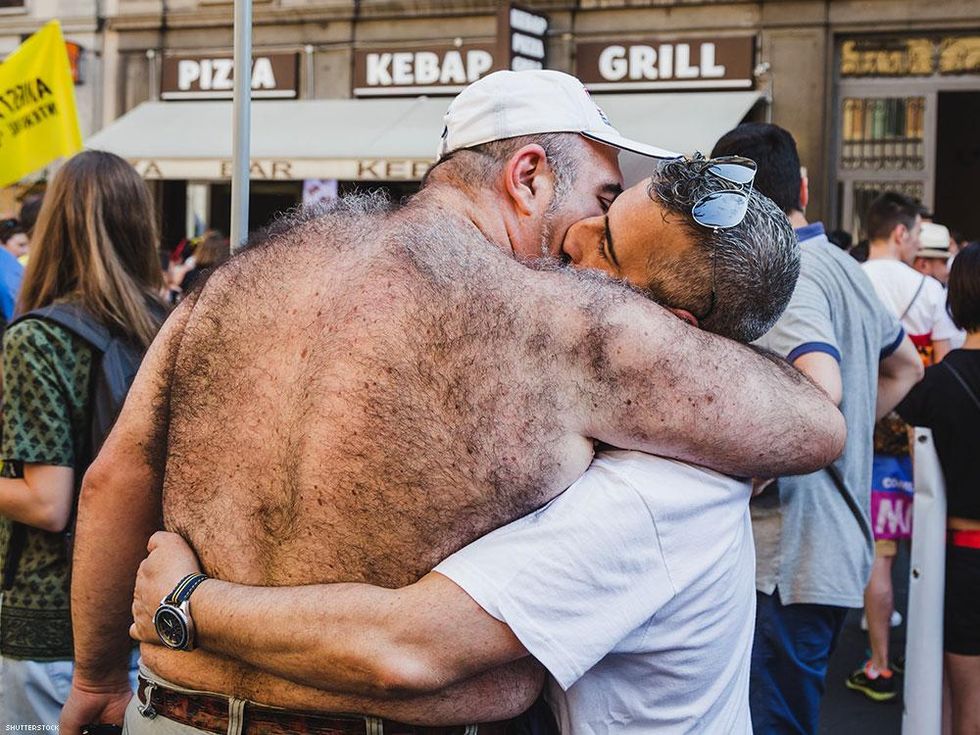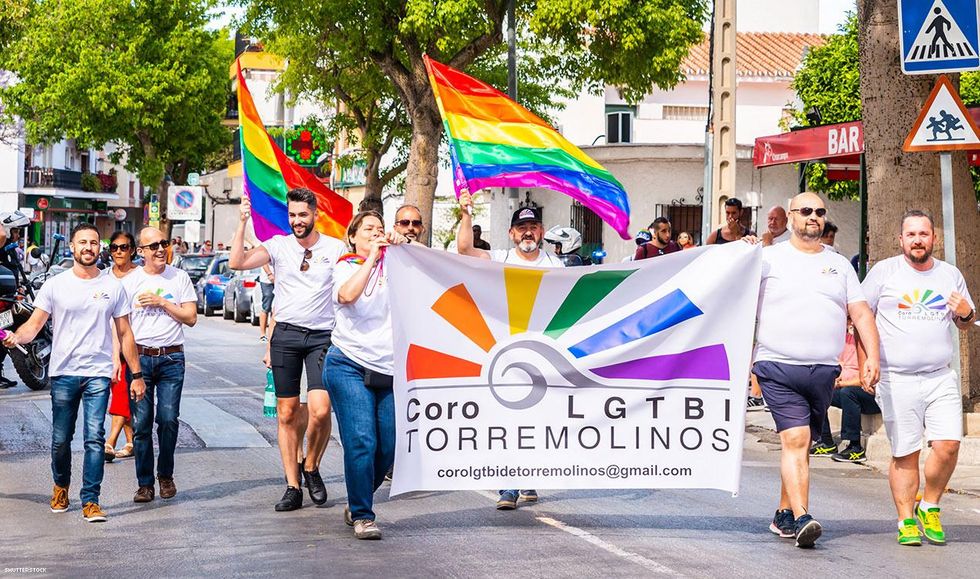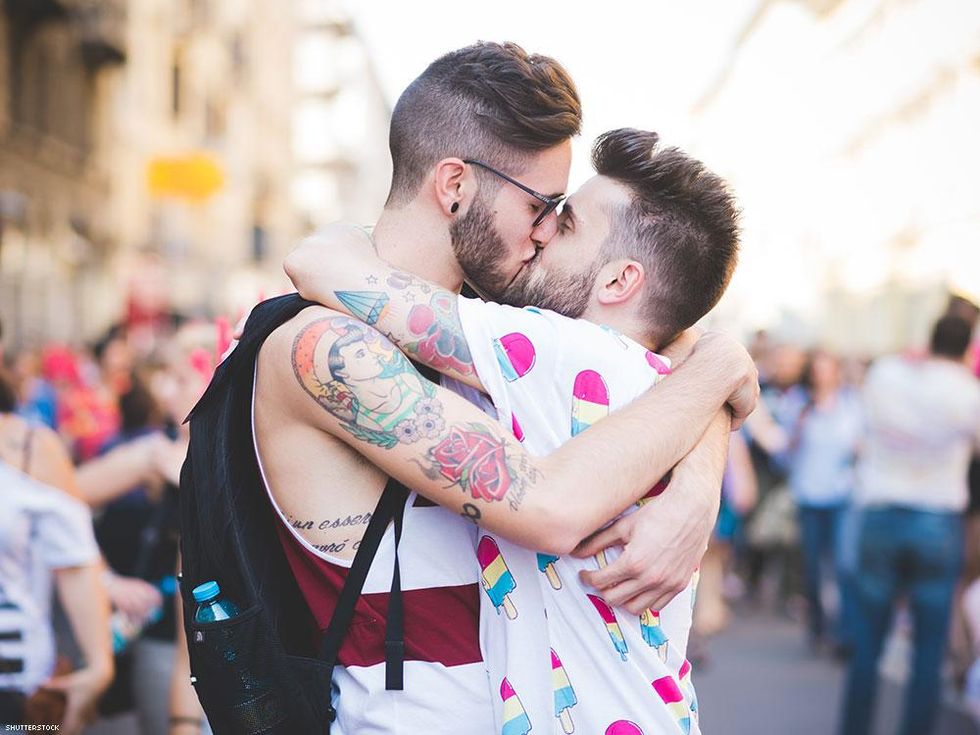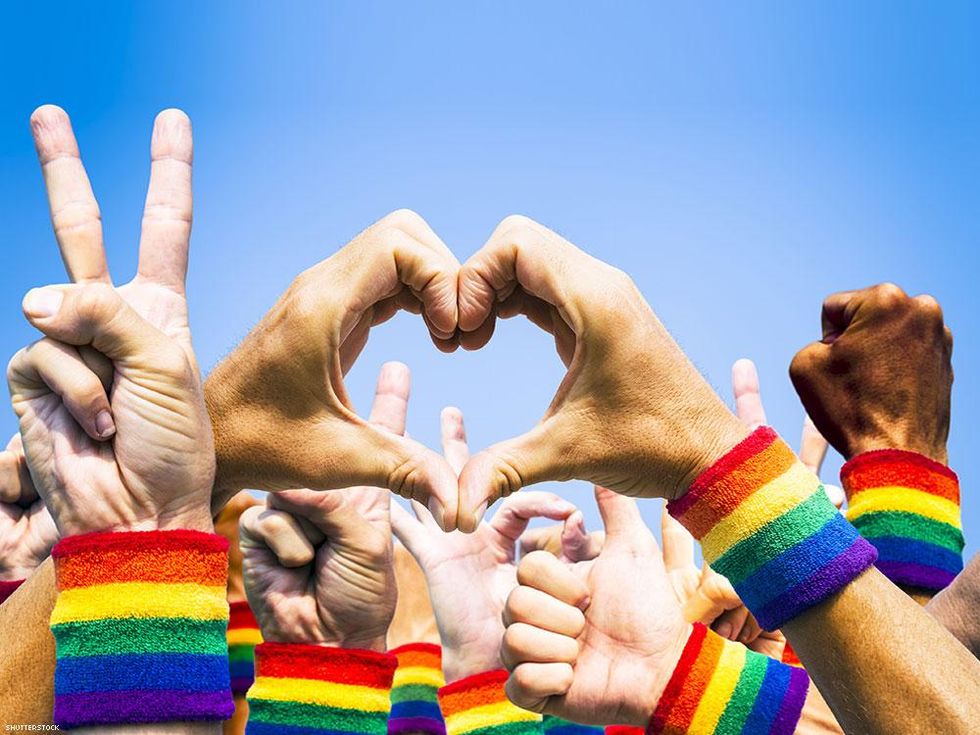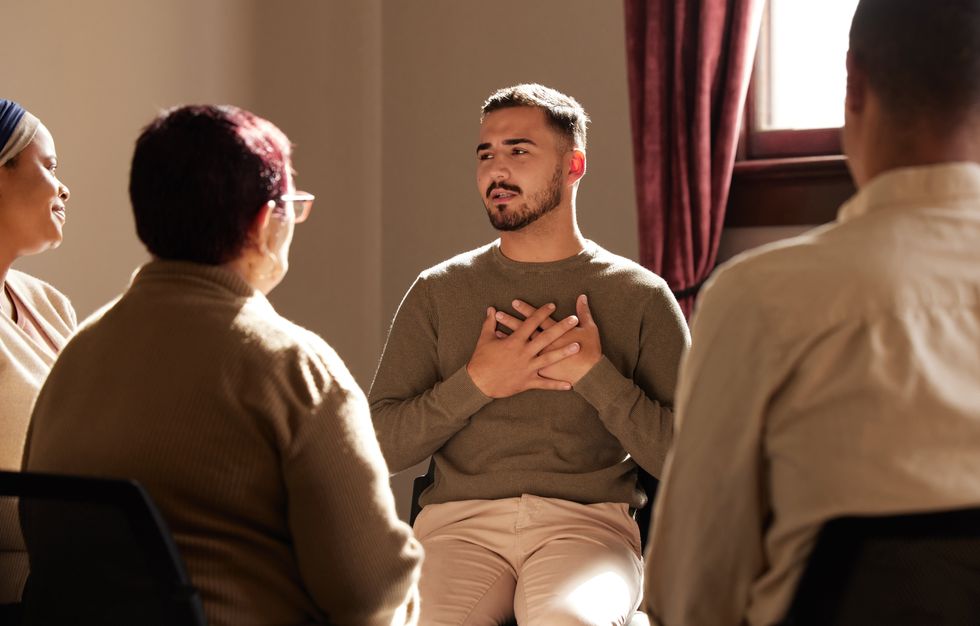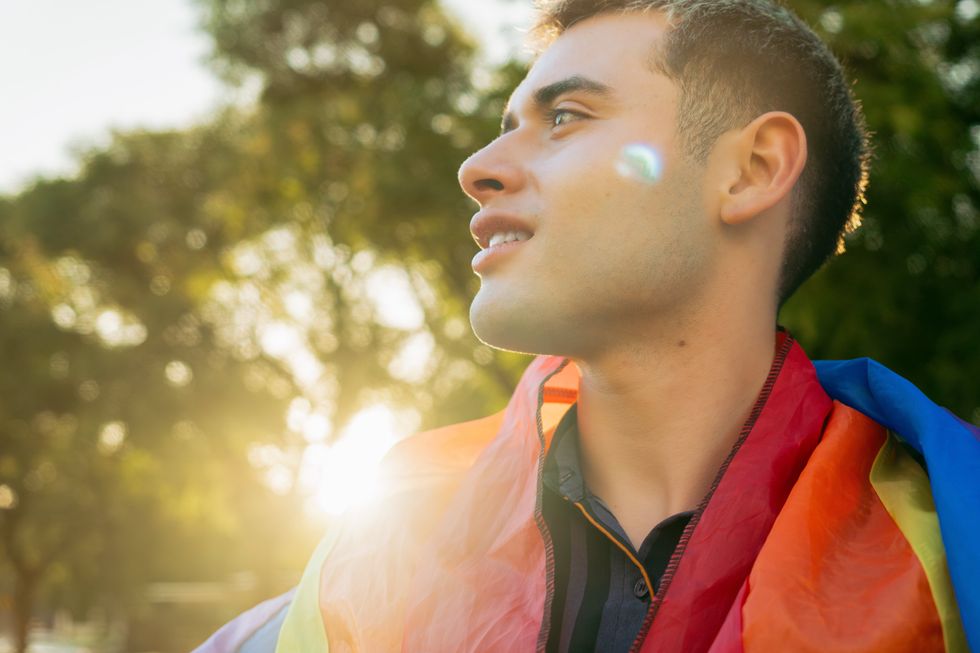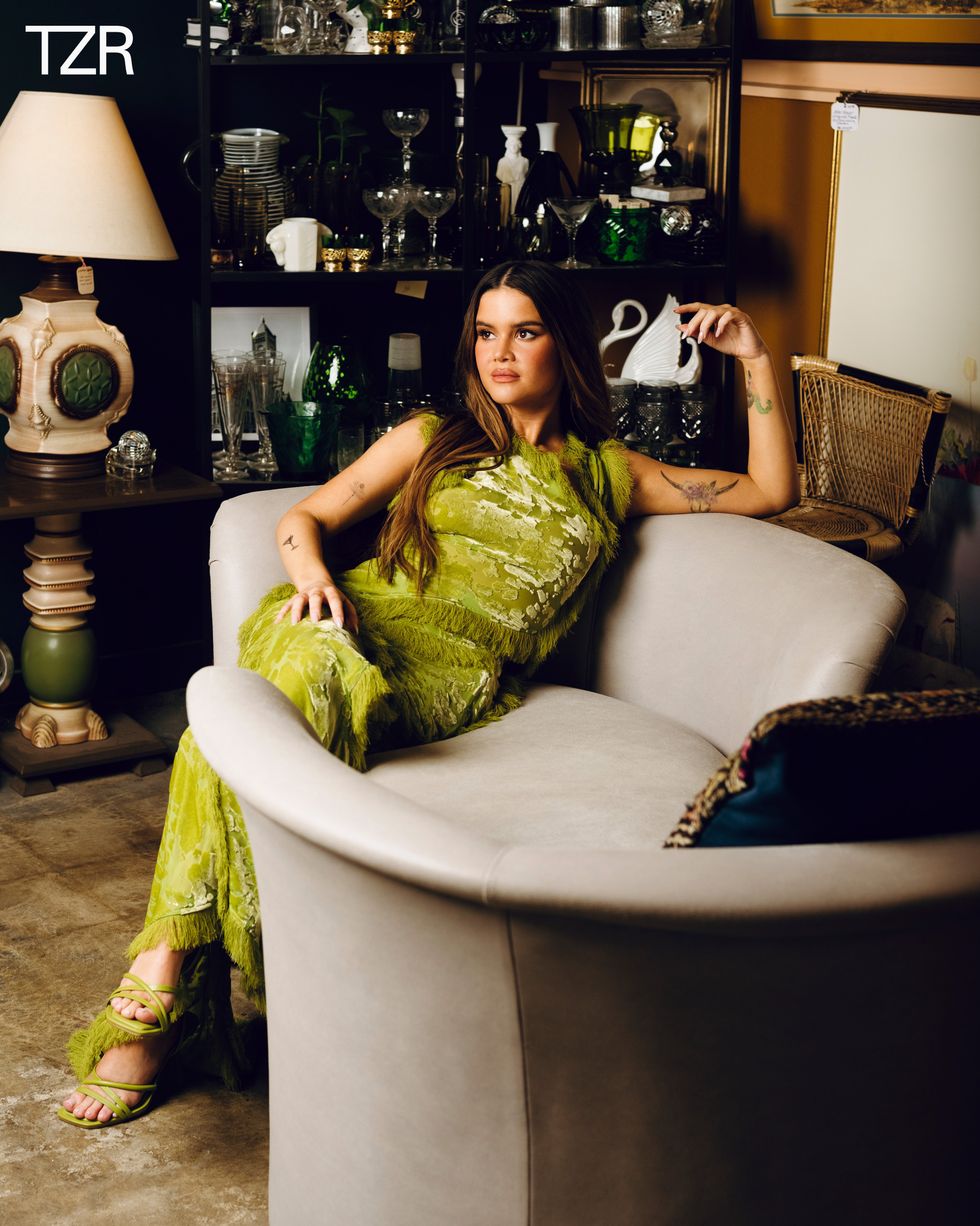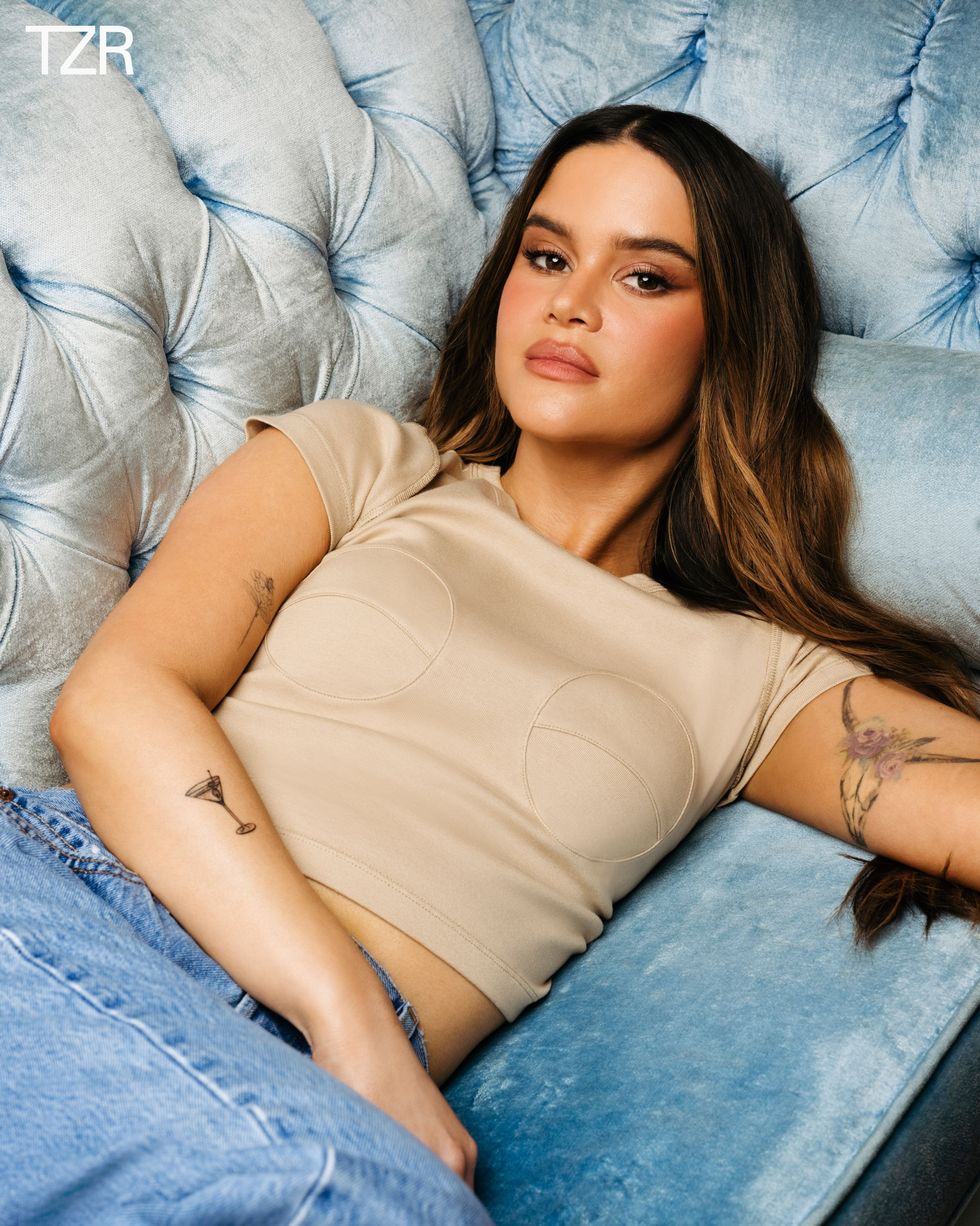We love to see it!

Shutterstock
Believe it or not, the idea of gender is predominately a Western concept. Plenty of other cultures and countries recognize a third, if not sometimes even fourth or fifth, gender that exists within the human spectrum.
This isn't as much about respecting people's pronouns or people identifying as trans or nonbinary as much as it is about these cultures actually creating an entirely separate category to highlight -- and sometimes elevate -- these additional genders.
Here are 10 cultures from around the world that have at least one additional gender that exists within their communities outside of the standard male and female binary.
1. Two-Spirit of North America

Shutterstock
If you've ever seen a "2S" included in the LGBTQIA2S+, it stands for the two-spirited people of North America. These individuals are either male, female, or sometimes intersex and inhabit equal traits of men and women. These individuals in the Native American tribes are thought to have unique spiritual and social roles within the community, which is why they have their own separately defined gender.
2. Hijra of South Asia

Shutterstock
The hijras have been long considered a third gender in India, and are often mentioned in the sacred Hindu writings. Plus, they have their own ancient language, Hijras Farsi, that's often associated with their sacred powers. They have been legally recognized as a third gender in India, Pakistan, Bangladesh, and Nepal. Many are born with male characteristics, but some individuals are also intersex, and often celebrate rituals like weddings and births.
3. Fa'afafine and Fa'afatama of Samoa

Shutterstock
Outside of the traditional male and female identities in the island of Samoa, they also recognize the fa'afafine and fa'afatama as two separate gender-fluid roles. Society recognizes those assigned males at birth who identify as females as the fa'afafine, whereas those assigned females at birth who identify as male are fa'afatama. Those who identify as such refute the idea of being considered transgender or homosexual, as those terms are more attached to the binary systems, and the four categories have existed historically throughout Samoa.
4. Bakla of the Philippines

Shutterstock
The term bakla in the Philippines represents someone who has male sexual characteristics but identifies and expresses themselves as a female. Although it's primarily used as a gender presentation, it can also overlap into sexuality, as well. The acceptance of bakla has decreased following Western colonization, though a community still exists within the Philippines. They also have their own language, swardspeak, which is a hybrid of Filipino, English, and Spanish.
5. Sekrata of Madagascar

Shutterstock
The indigenous people of Madagascar, the Sakalava, have widely accepted a sekrata as a third gender representing a boy who was raised as a girl from a young age. If the parents of a sekrata child begin to notice the feminine characteristics in their child from a young age, they do nothing to intervene, as the sekrata are thought to be both sacred and protected by supernatural powers.
6. Muxe of Mexico

Shutterstock
In Mexico, particularly in Oaxaca, muxes are those who are born in a male body and do not identify as either male or female, though tend to take on more feminine roles and characteristics. The muxe identity exists within the indigenous Zapotec people within Oaxaca, but although they're accepted, there are also certain restrictions muxe individuals face. Among these is usually a prohibition from living with their intimate partners or leaving their family homes.
7. Calalai, Calabai, and Bissu of Indonesia

Shutterstock
In the Bugis ethnic group of South Sulawesi, Indonesia, society recognizes three different genders that exist beyond the binary. The calalai refers to female-bodied people who present in masculine ways. The calabai are those who are male-bodied but occupy the traditional roles of women, though they don't identify as women and often oversee ceremonies like weddings. The third gender, bissu, embodies the totality of both masculinity and femininity and is thought to surpass all other genders and encapsulate a spiritual role.
8. Waria of Indonesia

Shutterstock
Elsewhere throughout Indonesia, waria is a term used for a third gender encompassing those who are assigned male at birth but live along a continuum of gender identity. It includes both males who adopt feminine behavior as well as males who identify as females and live as women in society. Some waria also identify as transgender, and while they've occupied a large range of social roles throughout Indonesian history, as the culture becomes more conservative, the community faces ongoing persecution.
9. Whakawahine and Wakatane of New Zealand

Shutterstock
In the Maori culture of New Zealand, the whakawahine are individuals who are assigned male at birth but who live as women, and wakatane are individuals who are assigned female at birth but live as men. They are cultural and gender identities within the Maori culture that predate Western colonialism, though today, they may take advantage of gender-affirming care and can additionally identify as transgender.
10. Kathoey of Thailand

Shutterstock
Over in Thailand, kathoey, or "ladyboys," are those assigned male at birth but take on female mannerisms and varying degrees of gender-affirming care. Some may refer to themselves as "phuying praphet song," which means a "second kind of woman" that exists as a fluid, third gender category, though some identify as transgender. Unfortunately, many kathoey are forced into migratory, survival sex work to escape poverty, though others have prominent roles in the Thai society for occupations like athletes or entertainers.




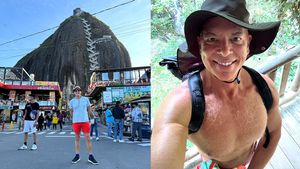

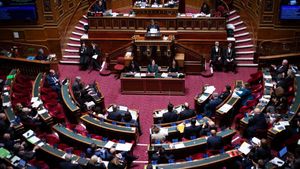
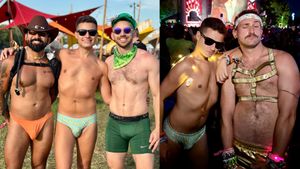
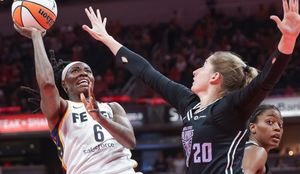






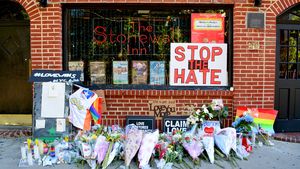
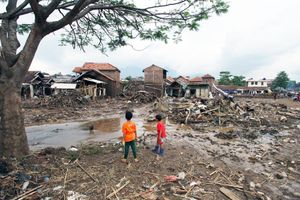
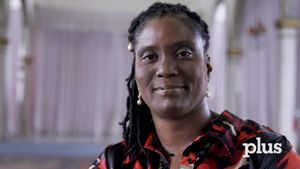
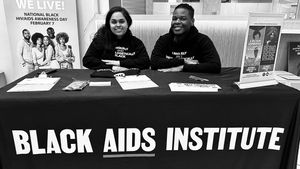
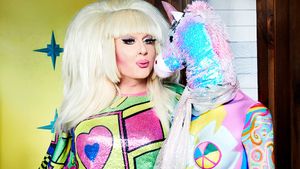
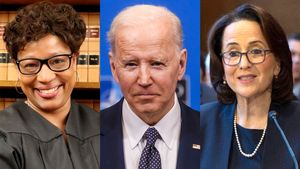



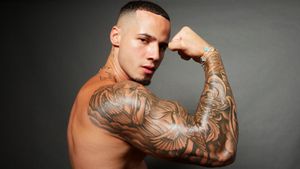
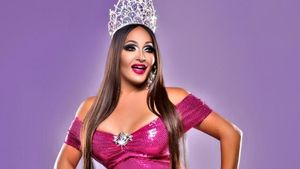
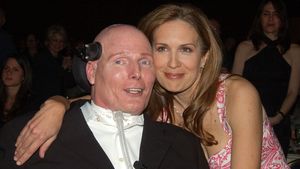





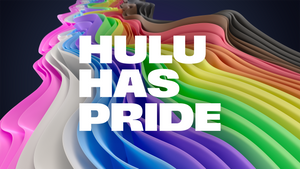


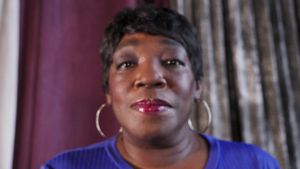




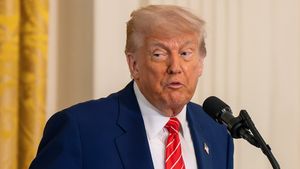









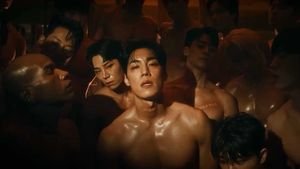

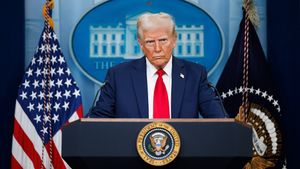





 A couple kisses in the middle of the street during the Christopher Street Day ; Men seen kissing during the 2023 Pride Barcelona Parade.Yerchak Yauhen/SOPA Images/LightRocket via Getty Images; imone Boccaccio/SOPA Images/LightRocket via Getty Images
A couple kisses in the middle of the street during the Christopher Street Day ; Men seen kissing during the 2023 Pride Barcelona Parade.Yerchak Yauhen/SOPA Images/LightRocket via Getty Images; imone Boccaccio/SOPA Images/LightRocket via Getty Images
